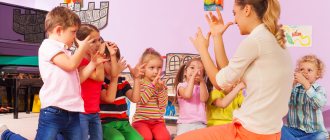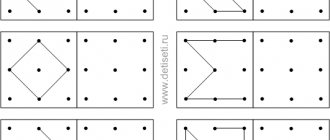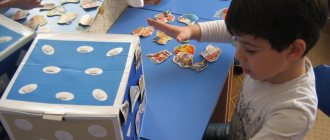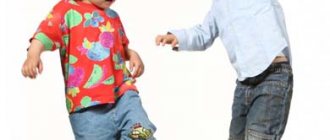Tools needed for the lesson
Modeling, like every type of art, requires special training and specific tools. In kindergarten, each child should have his own individual devices for this activity.
So, what will you need:
- modeling board;
- material from which the figures will be sculpted (plasticine, dough, clay);
- water;
- clean rags;
- stacks.
And also a prerequisite is the small palms and fingers of a smart child, whether he is in the younger group or the older one - it doesn’t matter!
During the lesson, the teacher will first tell the kids in the group an entertaining, and maybe an instructive story about a hero who will later be asked to sculpt.
After the fairy tale, the teacher, in a playful way, will show each child in the group the already molded main character of the fairy tale. Kids will immediately want to independently sculpt the same character out of plasticine, but their own, individual one! And here the teacher faces a difficult task: to gradually tell, show, explain and teach each child:
- Using various techniques, independently make individual blanks of various shapes from plasticine.
- Using known methods, connect the newly sculpted parts together into one three-dimensional figure.
- Teach kids to place ready-made figures on a special stand (board), using already known methods.
- If the group lesson is supposed to be plot-based, then it is necessary to teach the child to come up with or choose a plot for his composition, plan where each character will be, what he will look like, what will happen between the characters in the plot, and then begin making individual parts. Such an activity will take more than one lesson, so for unfinished compositions it is necessary to find a place where the work will wait for its next “incarnation”.
- During the decorative lesson, the teacher will teach the kids, using fairly simple techniques (rolling a flagellum, a ball), to decorate a ready-made “freshly sculpted” object in a folk-applied style.
So, step by step, lesson by lesson, kids will learn to create, receive real aesthetic pleasure, and discover the world of the most beautiful fine arts.




